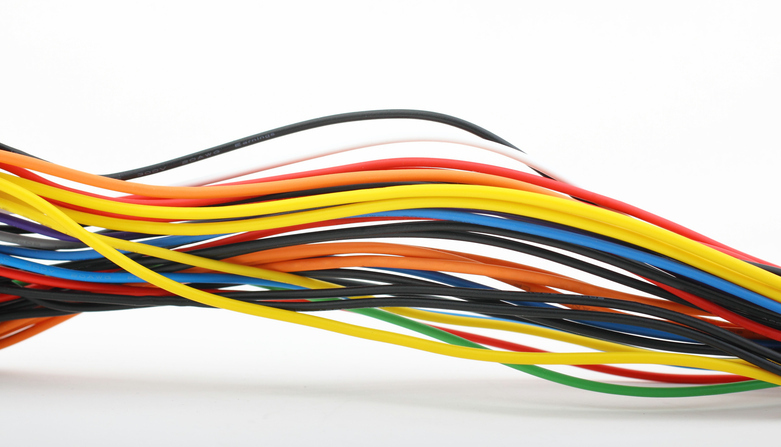canadian electrical code pdf download free

The 2021 Canadian Electrical Code, otherwise known as the CE Code or CSA C22.1-2021, has been released.
National Electrical Codes
Electricity powers the world, but the equipment and systems that utilize it can present shock and fire hazards. This is, of course, nothing astonishing, as electrical installations have not only been carefully managed for the past century, but they have been safely guided by codes and standards that provide users with the utmost contemporary knowledge.
Electrical codes lay out guidelines that help facilitate the safe installation of electrical wiring and equipment. In the United States, the NFPA 70 National Electrical Code fulfills this need. In Canada, it is the Canadian Electrical Code. Among the numerous similarities shared between these documents in their purpose, they both follow a similar three-year revision cycle.
CSA C22.1-2020, The Canadian National Electrical Code
Developed by the Canadian Standards Association (operating as "CSA Group"), CSA C22.1-2021 details extensive (it is over 900 pages long) guidance for the installation of electrical equipment operating at all voltages. With some exceptions, it specifically covers:
"buildings, structures, and premises, including factory-built relocatable and non-relocatable structures, and self-propelled marine vessels stationary for periods exceeding five months and connected to a shore supply of electricity continuously or from time to time"
The CE code is for electricians, manufacturing professionals, construction professionals, electrical mechanics, and electrical, mechanical, and industrial engineers active in the electrical industry.
In Canada, adhering to the CE Code goes beyond just following safe practices. The Canadian Electrical Code is generally adopted by legislation, with some changes needed to amend the code for circumstances particular to the local body. In these instances, the governmental requirements supersede the stipulations of the code, so it is crucial to know your local rules.
Changes to CSA C22.1-2021
As the 25th edition of the Canadian Electrical Code, CSA C22.1-2021 has undergone numerous alterations from the 2018 revision of the standard. New requirements in support of climate change adaptation were added throughout several Sections of the Code. Furthermore, redundant or out-of-date requirements, such as the rules for open wiring, were removed. Some specific changes to the 2021 Canadian Electrical Code include:
- Section 64, Renewable energy systems, energy production
systems, and energy storage systems, features a new subsection governing the installation of energy storage systems and rules for functionally-grounded renewable energy systems. - Section 26, Installation of electrical equipment, includes a new requirement for ground fault circuit interrupter protection for all 15 A and 20 A receptacles located outdoors within 2.5 m of grade, among other changes.
- Section 22, Locations in which corrosive liquids, vapours, or
excessive moisture are likely to be present, now contains a new Subsection for farm buildings housing livestock, as well as revised Rules for equipment in Category 1 and 2 locations. - The definition for "Voltage — Low voltage" was revised.
- Clarification was provided on impedance grounded system operation under fault condition in Section 10, Grounding and bonding.
- New requirements were added for electrical equipment installed near roof decking systems to Section 12, Wiring methods.
- Load calculations and equipment layout for recreational vehicle lots were updated in Section 72, Mobile home and recreational vehicle parks.
- Table 19, Conditions of use for insulated conductors and cables other than flexible cords, portable power cables, and equipment wires, was completely reorganized, simplified, and shortened.
- Annexes A.1, CSA Canadian Electrical Code, Part II safety standards for electrical equipment and A.2, Other Canadian safety standards for electrical equipment, of Appendix A, Safety standards for electrical equipment, were removed and are now hosted online at www.community.csagroup.org/community/electrical.
- Appendix E, Dust-free rooms, was removed.
These few examples only partially detail the entirety of the adjustments and additions made to the 2021 Canadian Electric Code. To assist the standard user in uncovering any changes relevant to his or her particular line of work, CSA C22.1-2021 identifies any changes with the symbol delta (Δ) in the document's margin.
CSA C22.1-2021: Canadian Electrical Code, Part I (25th Edition), Safety Standard For Electrical Installations is available on the ANSI Webstore.
Changes to CSA C22.1-2018
The previous edition of the Canadian Electrical Code, CSA C22.1-2018, was also a substantial revision, including over 260 updates in total. Its changes included significant alterations to sections on residential/housing, renewable energy, grounding and bonding, and tamper resistant receptacles, as well as the addition of power over ethernet guidelines and these specific updates:
- Section 26, Installation of electrical equipment, was changed to mandate the use of tamper-resistant receptacles in additional areas where children may be present.
- Section 62, Fixed electric heating systems, was changed to stipulate ground fault circuit interrupter protection for heating devices and controls in proximity to tubs, sinks, and shower stalls.
- Section 8, Circuit loading and demand factors, was updated to recognize energy management systems as a method of reducing the load on building services. This was done to address the increasing use of electric vehicles.
Posted by: hungmintere0204833.blogspot.com
Source: https://blog.ansi.org/2021-canadian-electrical-code-csa-c221-ce/